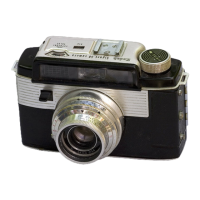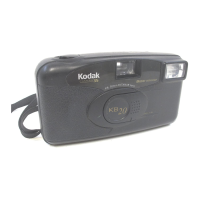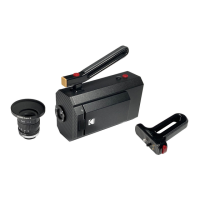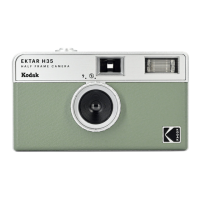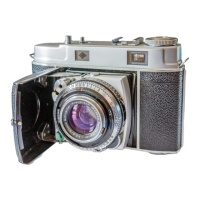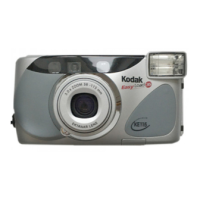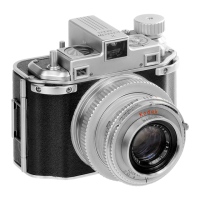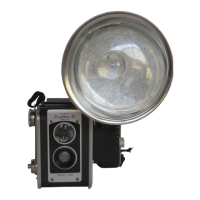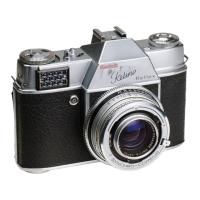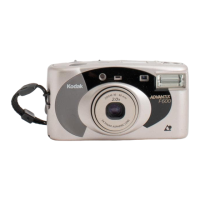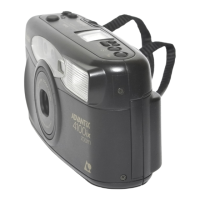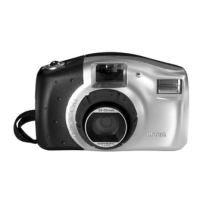SPEEDED
ACTION
JUST
as action can be slowed
down
by increasing the number
of
frames
exposed in a given time, so can action be speeded
up
by
decreasing the
exposure frequency by using the
SINGLE
FRAME
RELEASE.
Making
one frame every 10
or
15
seconds, a
cigaret
will
appear
to
burn
its
full
length
in a very few seconds. Beautiful cloud studies,
where
clouds rush
rapidly
across
the
sky, can be made
by
exposing frames
at
the
rate
of
about
one every second,
as
can comically speeded up pictures
of
street
and traffic scenes.
THE
so-called
"wipe"
is a type
of
transition
between scenes.
The
screen effect
is
that
of
a line passing across
the
screen
which
appears
to
wipe
off the scene,
leaving
a new scene in its wake.
While
in professional movies
this
is produced by a
rather
complicated
printing
process,
it
can be done in
the
Cine-Kodak Special between
scenes
that
contail1 no action, such
as
titles, etc.
To
produce a
"wipe"
the field must be blocked off
bit
by
bit
as
single frames are exposed.
The
film is then
wound
back and the
next
scene uncovered
as
single frames
are made.
A
method
for accomplishing
this
is
to
have
the
camera
mounted
on a
table
with
a piece
of
fine ruled paper
(such
as
graph
paper)
laid
flat on
the
table surface between
the
camera and subject.
Attach
the
paper
to
the table
with
tacks
or
adhesive tape.
Attach
a piece
of
dull black paper
to
a block,
the
paper being
of
such
a size
as
to
obstruct
completely the camera field
when
the
block
is
placed vertically
about
one foot in
front
of
the
f.1.9 lens.
With
the
aid
of
the
reflex finder, determine
the
points
on
the
graph
paper
(at
a
marked distance from the camera)
that
represent the
two
sides
of
the
picture area.
The
block
is
to
be drawn, square by square, from one side
of
the
picture
to
the
other.
Photograph
the
subject in
the
usual manner. When
the
camera
is
stopped
at
the end
of
the
scene, make necessary exposure adjustments
for single frame
work,
and
draw
the
block
across the camera field one
68
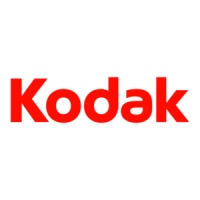
